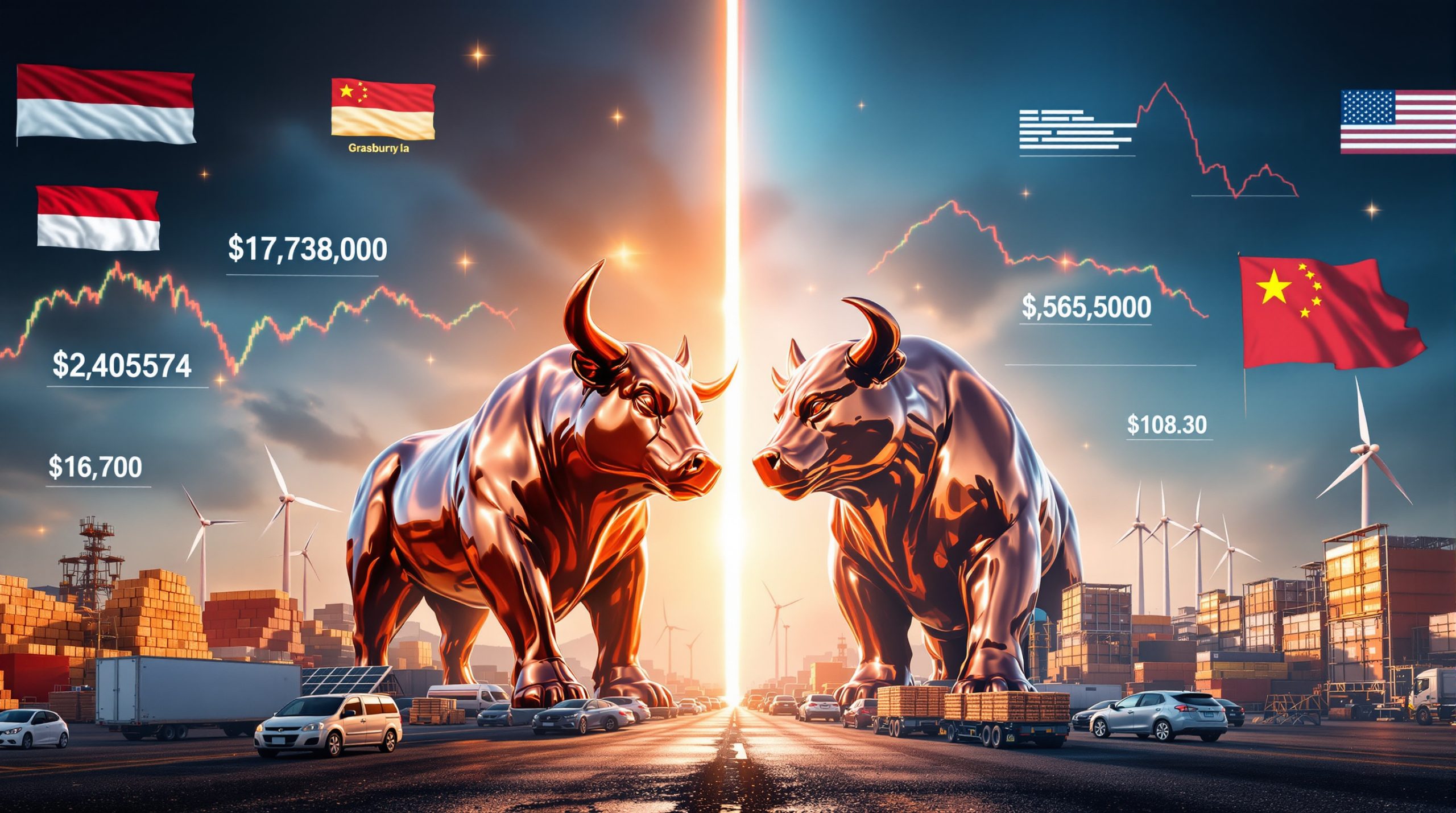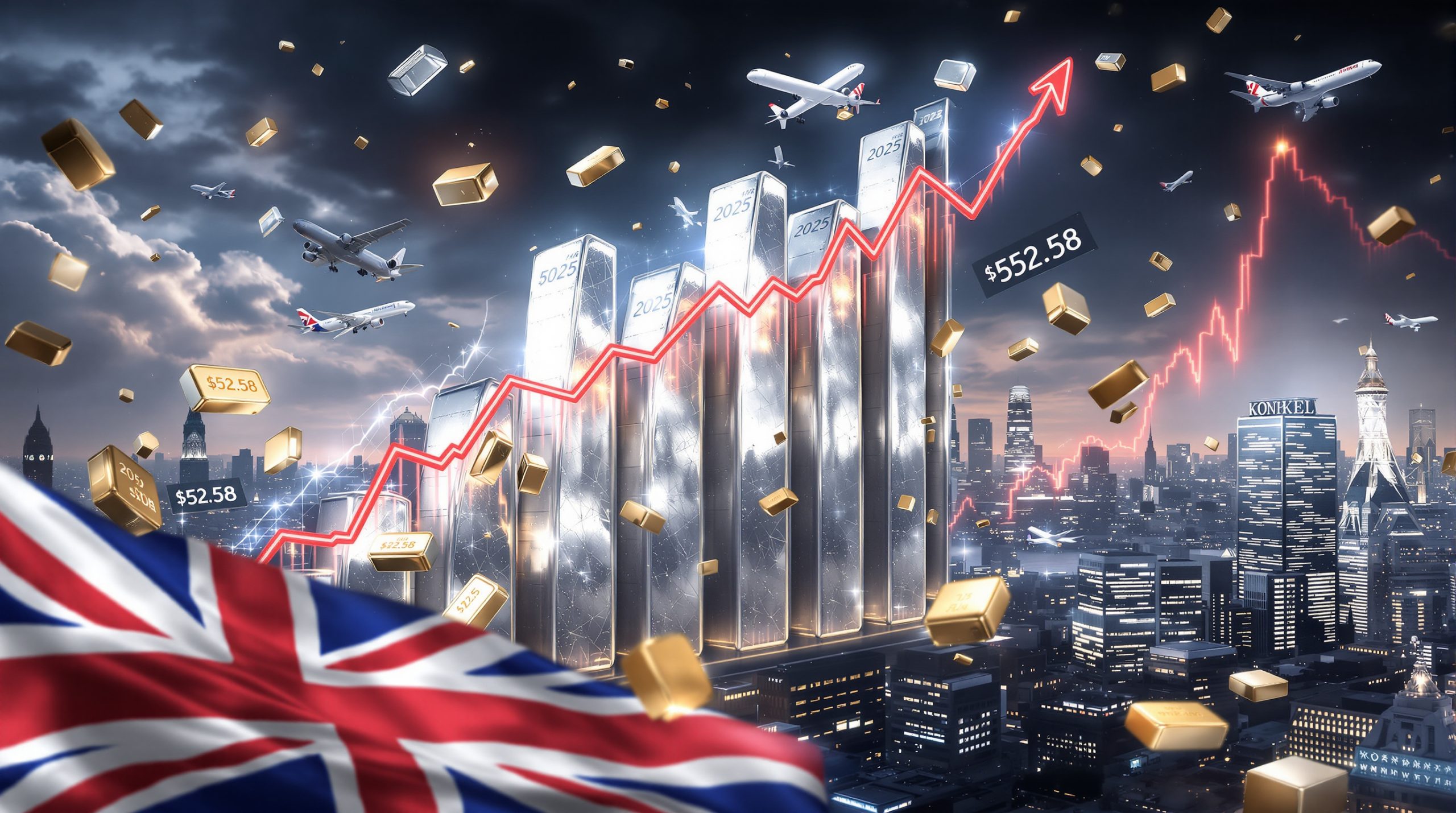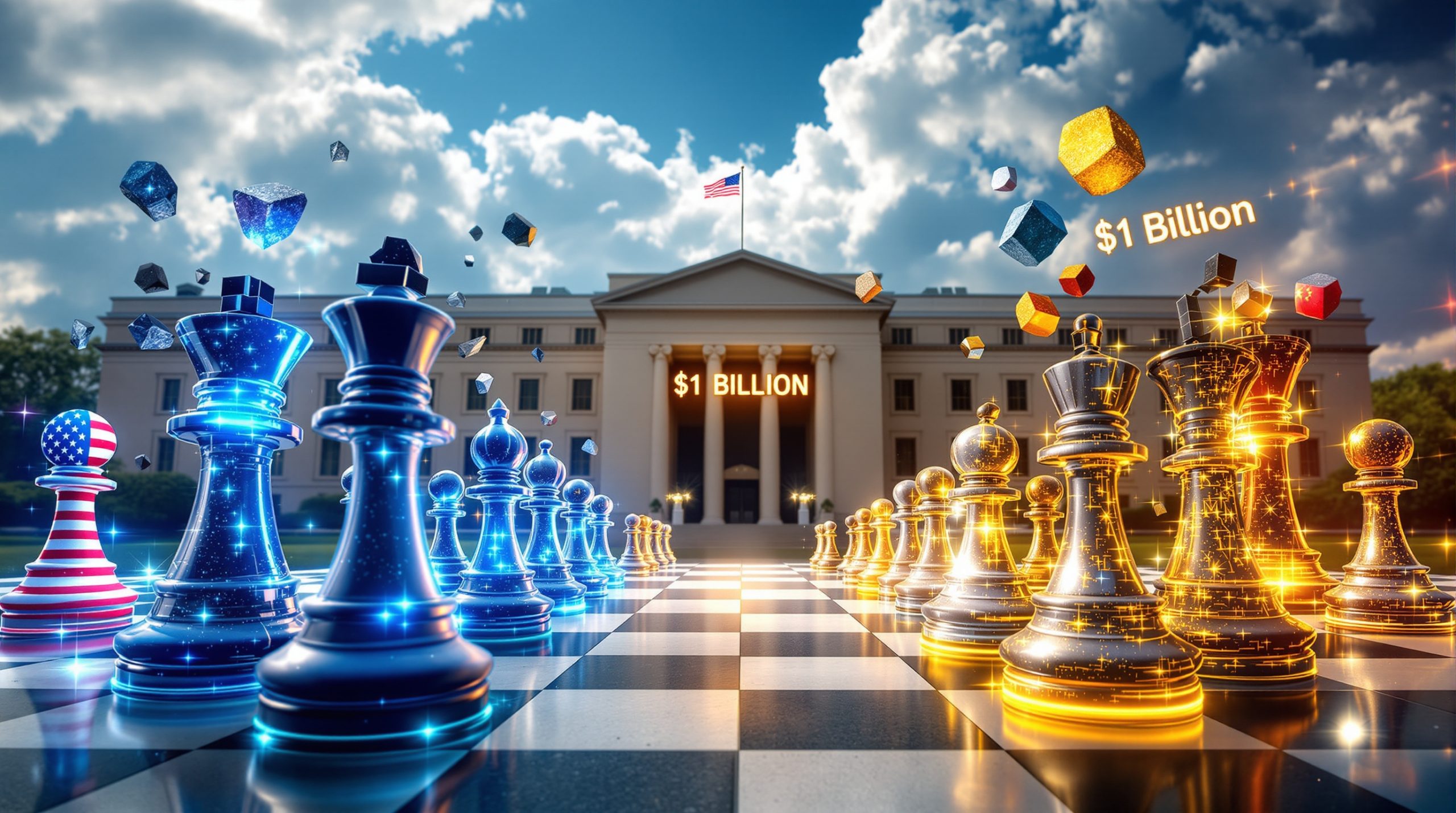The New Trend in the Silver Market: Breaking Down Price Dynamics and Future Outlook
Recent developments in the silver market suggest a potential shift in its price dynamics relative to gold and other macroeconomic indicators. Despite a significant downturn in gold prices—falling $44 to $3,381.40 per ounce on April 22, 2025—silver demonstrated unusual resilience, declining only 0.5% ($0.16) and briefly breaking through the critical $33 resistance level before retracing. This decoupling from gold's volatility, combined with silver's dual role as both a precious and industrial metal, highlights emerging opportunities for investors navigating tariff uncertainties, central bank policies, and technical trading patterns.
The new trend in the silver market has attracted attention from investors seeking diversification in their portfolios. Furthermore, understanding precious metals insights has become increasingly important for those looking to capitalize on this evolving landscape.
What's Causing the Unusual Silver Market Behavior?
Gold-Silver Price Divergence
Historically, silver has exhibited greater volatility than gold during market corrections, often falling 2–3 times faster during risk-off periods. However, the April 2025 pullback saw silver outperform gold by a margin of 88:1 in percentage terms, signaling a potential structural shift in market behavior. This divergence coincides with silver's repeated testing of the $33 resistance level, which it breached intraday before closing at $32.84.
Analysts attribute this resilience to silver's undervaluation at a gold-to-silver ratio of 104:1, far exceeding the 20th-century average of 47:1. The 2024 silver market boom has set the foundation for this continuing trend, with many experts predicting sustained growth through 2025.
Technical Analysis Indicators
The $33 price point has emerged as a critical technical threshold, with silver oscillating around its 50-day moving average (50-DMA) of $32.50. A sustained break above $33 could trigger algorithmic trading inflows, as institutional investors interpret this as a bullish signal.
The relative strength index (RSI) for silver stood at 45 on April 22, 2025—below overbought territory—suggesting room for upward momentum if buying pressure intensifies. For comprehensive insight, investors should consider global commodities insights to understand broader market forces at play.
How Do Industrial Factors Impact Silver's Price Trend?
Dual Nature of Silver
Approximately 55% of silver demand originates from industrial applications, including solar panels, electronics, and medical devices. This contrasts sharply with gold, where over 90% of demand derives from investment and jewelry sectors.
The industrial component introduces unique pricing pressures, as evidenced by silver's 12% year-to-date correlation with the Global Manufacturing PMI compared to gold's 3% correlation. According to data from the Silver Institute's supply-demand analysis, this industrial demand continues to strengthen market fundamentals.
Tariff Implications on Silver Demand
Proposed 100% tariffs on Chinese manufactured goods could impact 18% of U.S. silver demand tied to imported electronics and green technology components. However, foreign manufacturers are exploring workarounds, including establishing U.S.-based production facilities.
A 2025 National Association of Manufacturers report estimates that reshoring 30% of affected supply chains could boost domestic silver consumption by 850 metric tons annually. The impact of Trump's commodity policies continues to influence these market dynamics significantly.
Why Is the Gold-to-Silver Ratio Significant?
Current Ratio Analysis
At 104:1, the gold-to-silver ratio remains near its 30-year high of 123:1 observed during the 2020 market crash. This divergence presents arbitrage opportunities for ratio traders, though physical market constraints complicate execution.
Local coin shops typically charge 5–8% premiums on silver versus 1–3% for gold, eroding potential profits from physical metal swaps. Investors exploring both metals should consider implementing strategic gold and silver strategies to maximize returns in this environment.
Trading the Ratio Considerations
Exchange-traded funds (ETFs) like iShares Silver Trust (SLV) and SPDR Gold Shares (GLD) offer lower-friction ratio trading, with expense ratios of 0.50% and 0.40%, respectively. However, paper-based strategies expose investors to counterparty risk, particularly during periods of market stress when physical metal shortages occur.
What Market Forces Are Currently Affecting Silver Prices?
Broader Market Influences
Equity market strength exerted downward pressure on precious metals, with the Dow Jones Industrial Average gaining 1,000 points (+2.7%) and the Nasdaq Composite rising 420 points (+3.1%) on April 22, 2025. Concurrently, the U.S. Dollar Index (DXY) strengthened 0.64% to 98.94, dampening dollar-denominated metal prices.
Bitcoin's 12% rebound to $90,000 further diverted capital from alternative stores of value. Current Trading Economics' silver price data shows these correlations playing out in real-time market movements.
Central Bank Activity vs. Industrial Demand
Central banks added 229 metric tons of gold to reserves in Q1 2025 while remaining net sellers of silver. This institutional preference for gold as a monetary hedge contrasts with silver's reliance on manufacturing demand, creating bifurcated price drivers.
The photovoltaic sector alone accounts for 12% of annual silver consumption, with each gigawatt of solar capacity requiring approximately 20 metric tons.
What Could Drive Silver's Next Major Move?
Potential Catalysts for Silver Price Growth
-
Technical Breakout: A weekly close above $33 could trigger $35–$38 price targets based on Fibonacci extension levels.
-
Industrial Reshoring: Accelerated tariff implementation might spur 5–7% annual growth in U.S. silver demand through 2030.
-
Monetary Policy: Federal Reserve rate cuts anticipated in late 2025 could weaken the dollar, enhancing silver's appeal.
Investment Strategies for Silver
-
Physical Accumulation: Dollar-cost averaging during dips below $32.50
-
Options Trading: July 2025 $34 calls priced at $1.25 offer leveraged upside exposure
-
Sector Rotation: Balancing silver miners (e.g., First Majestic Silver) with streaming companies (e.g., Wheaton Precious Metals)
FAQ About Silver Market Trends
Is silver currently undervalued compared to gold?
At 104:1, the gold-silver ratio exceeds its 50-year average of 63:1 by 65%, suggesting significant undervaluation relative to historical norms.
How do tariffs affect silver prices differently than gold?
Tariffs impact 18% of silver's industrial demand versus less than 2% of gold's use in technology, creating asymmetric exposure.
What technical price levels are important for silver?
The $33 resistance level and 50-DMA at $32.50 serve as critical thresholds, with a confirmed breakout potentially signaling a 15–20% advance.
How might manufacturing changes impact silver demand?
Reshoring 30% of tariff-affected production could add 850 metric tons to annual U.S. silver consumption, equivalent to 3% of global industrial demand.
Note: All data sourced from market analysis presented in the April 22, 2025 transcript.
Ready to Capitalise on Silver's Unique Market Dynamics?
Discover actionable opportunities in the evolving silver market with real-time alerts powered by Discovery Alert's proprietary Discovery IQ model, which transforms complex market data into clear investment insights. Visit Discovery Alert's dedicated discoveries page to understand how identifying major market shifts can lead to significant returns for your portfolio.




